Scrambler Ducati 1100 Review: First Ride
The Ducati Scrambler 1100, as the name suggests, sits in the retro Scrambler lineup in the Ducati India range of motorcycles. The Scrambler 1100 is more muscular when compared to its smaller siblings, and with three variants on offer, you dont have to empty your wallet for the top-spec version.

Every successful manufacturer faces this million Dollar question – how to sustain their success? Should they revamp the current lineup, or add a bit of a zing to it and introduce a more powerful version? Evolution is inevitable, and therefore one’s success depends on how soon you come to terms with it. As for Ducati, they don’t have any such existential questions on their mind – they’ve already added a top tier to the Scrambler family with the launch of the Scrambler 1100. Available in three variants – Standard, Sport and Special – the 1100 is priced between ₹10.91 lakh and ₹11.42 lakh (ex-showroom). Ever since its launch in 2015, Ducati has managed to sell around 46,000 Scramblers globally, but now they’re eyeing a substantial chunk of the retro pie.
The Scrambler, in many ways, is the antithesis of what Ducati is known for. The street prowler may not be the most gorgeous bike in the Italian manufacturer’s lineup, but it’s certainly one rugged, no-nonsense signore (gentleman). In terms of performance, it provides more than an adequate grunt for a lazy Sunday afternoon ride, but nothing earth shattering like the Panigale or the Monster. So much so that the Scrambler 1100 doesn’t even come in red – it’s like launching a brand new Ferrari without the trademark scarlet red colour. But one thing we can vouch for is that the bigger Scrambler certainly feels a lot premium than its 803 version, but much on that later. For now, let's ride the new Scrambler and find out if this bigger and more powerful avatar really justifies its price tag.
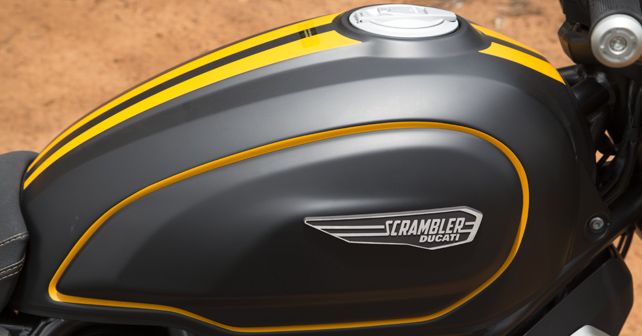
Design and equipment
In terms of design, Ducati has continued with the simple yet tough look of the previous Scrambler, but still, it’s apparently evident that a lot of attention has been given to the details and quality. The Scrambler 1100 uses a lot of steel and aluminium and a very few plastic components. And perhaps that’s why by Ducati refers to the Scrambler 1100 as ‘the Olympus of the Scrambler world’ – it’s ‘a premium and an advanced product’.
Now, compared to the Scrambler 803, 1100 is more muscular, thanks to the 15-litre teardrop shaped fuel tank, which is 1.5-litre more than the previous version, and chunkier, fully adjustable front forks, and Ohlins in case of the Sport. New Scrambler also gets a 20mm taller and 43mm wider seat, making it 810mm in height and 2695mm in width. It’s also based on a 69mm longer wheelbase and is wider by 50mm. Another major upgrade is that this bike now comes with two 320mm Brembo disc brakes in front as opposed to one.
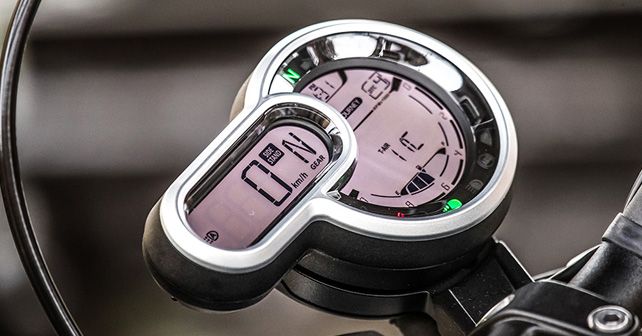
Apart from being powered by a bigger 1,079cc V-twin, the new Scrambler comes with a comprehensive state-of-the-art electronic package, which boasts four levels of traction control (plus the option to switch it off), three riding modes – Active, Journey and City – as opposed to the usual Sport, Touring and Urban and – a first in this segment— Cornering ABS. The Scrambler 1100 also gets ride-by-wire throttle. Now, both the Active and Journey modes offer 84bhp of output. But in the City mode, the power is cut down to 73bhp. Now with all these electronic features, the Scrambler currently is the most avant-garde retro bike. The Ducati Bosch Inertial Measurement Unit (IMU) measures the lean angle of the bike and then with the help of algorithms applies ABS or traction control as needed and reduces the risk of slipping. The IMU also controls the self-cancelling LED indicators. Another dash of modernity for you – the Scrambler 1100 comes with a USB charging outlet underneath the seat.
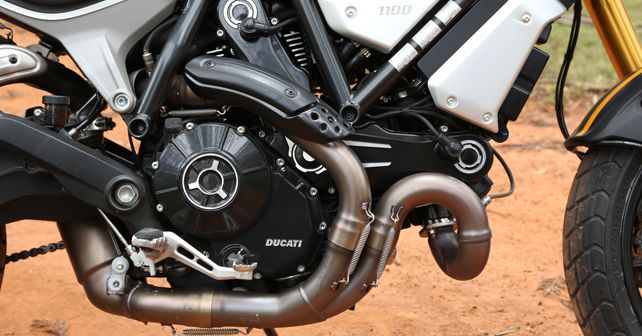
Ride quality and performance
The Scrambler I rode was the Sport, which has a slightly more aggressive stance than the Standard and the Special as it gets lower handlebars. I fired up the 1079cc L-twin, and, sadly, a disappointing muffled exhaust note was all I could hear. The Standard and the Special, on the other hand, roared like a lion, making sure their presence was felt unapologetically. Make no mistake, these standard under-seat twin pipes will bring a smile to your face and quite possibly ruin your neighbour’s sleep. In all fairness, the all-black finish and with yellow racing stripes running down the tank and the mud flaps make the Sport look quite sinister and evil. After leaving the hotel, I encountered broken roads, where I could feel the stiffness of the steel trellis frame and the firm suspension. The ride quality lacked composure and felt jerky. A while later, when I was stuck in slow moving traffic for almost 15 minutes, I realised how smooth and stress-free gear changing is – the light clutch, thanks to the hydraulic control. This is also where the 1079cc engine showed how effortlessly it could negotiate the traffic, as the torque was available as low as 3,000rpm. Its smooth power delivery is indeed impressive. It gives you a sense of control, unlike the 803, which was a little jumpy.

After a bit, I finally got out of the traffic jam and was soon on the highway, where I took the liberty to twist the throttle. As the flat torque is evenly distributed, it cruised past the three-figure mark at ease, but unfortunately, it lacked urgency – something I’d have liked to see in a 1100cc engine. Don’t get me wrong, it offers a fair amount of grunt, but it seemed like those 84 ponies never wanted to pick up the pace. It’s purely a mid-range engine, and, at times, it felt stressed, especially when the rpm needle was inching towards the 6,000 – 6,500rpm mark. As a matter of fact, that’s also when the vibrations from the foot pegs started to become very evident.
Turning off from the highway and onto the Nandi Hills, I was challenged by hairpins, but for the Scrambler it was no challenge. It showed what it was capable of – with a light steering, decent tarmac and sweeping corners, the Sport was on song and felt at home. The wide handlebars let you lean and sweep past corners effortlessly. Also with the additional Ohlins magic, my confidence level was soaring high.
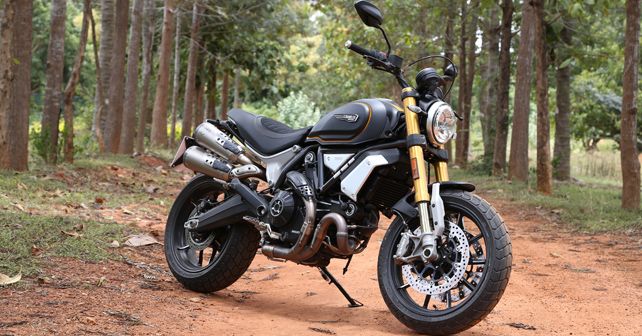
Final take
What makes the Scrambler impressive is the evenly spread of 88Nm of torque at 4,750rpm, which provides a lot of pull at lower speeds. As it’s a mid-range engine, it starts to feel stretched after crossing the 6,500rpm mark, and you begin to miss a more powerful engine. It also has a light clutch, which makes riding stress-free – though I did feel that it has tall gearing ratios, especially the first gear. The problem the Scrambler faces here is that at ₹11.42 lakh, there are better options for touring and off-roading. We feel it will be a challenge for Ducati to make a dent in this segment. But as for buyers, the more options, the better.
Engine: 1,079cc / L-Twin / 2 Valves Per Cylinder / Air Cooled
Transmission: 6-Speed Manual
Power: 84bhp @ 7,500rpm
Torque: 88Nm @ 4,750rpm
Price: Rs 11.42 lakh (Ex-showroom India)
X-factor: It comes with state-of-the-art electronic aid like cornering ABS, which is a first in the segment. The all-black finish is top notch along with excellent Ohlins suspensions.
| Pros • Smooth power delivery • Smart features • Premium build quality |
Cons |


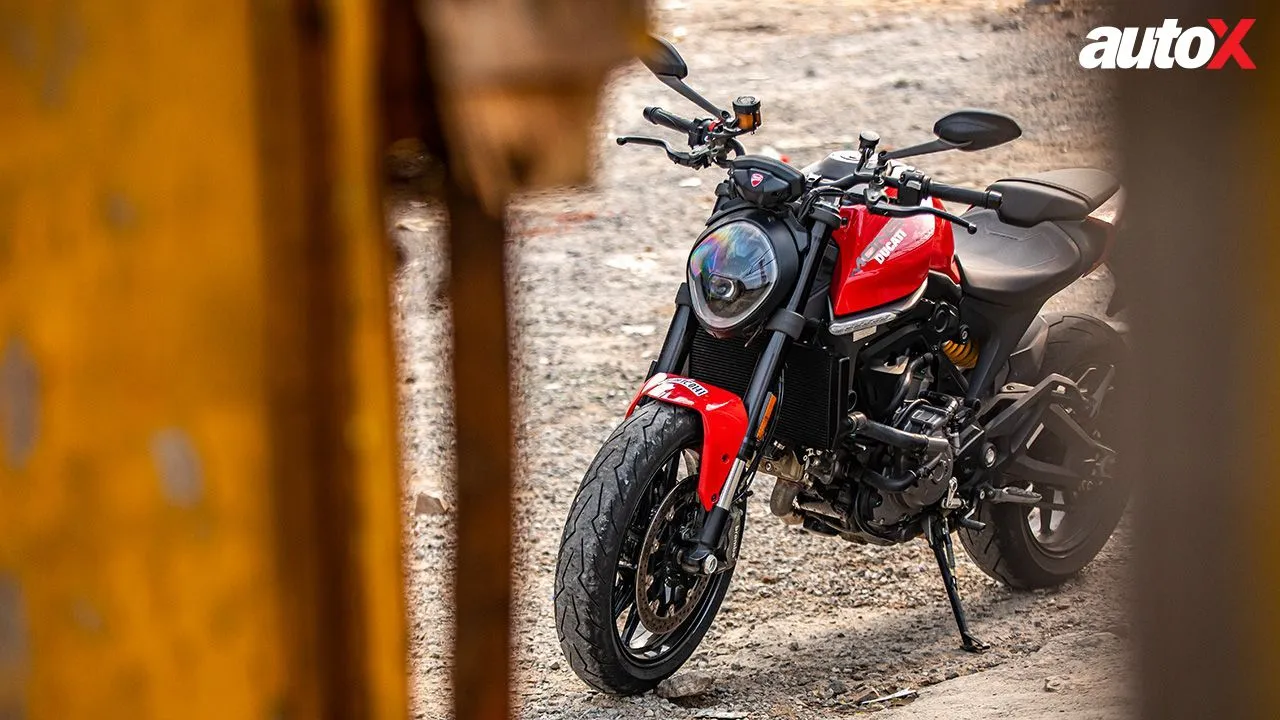
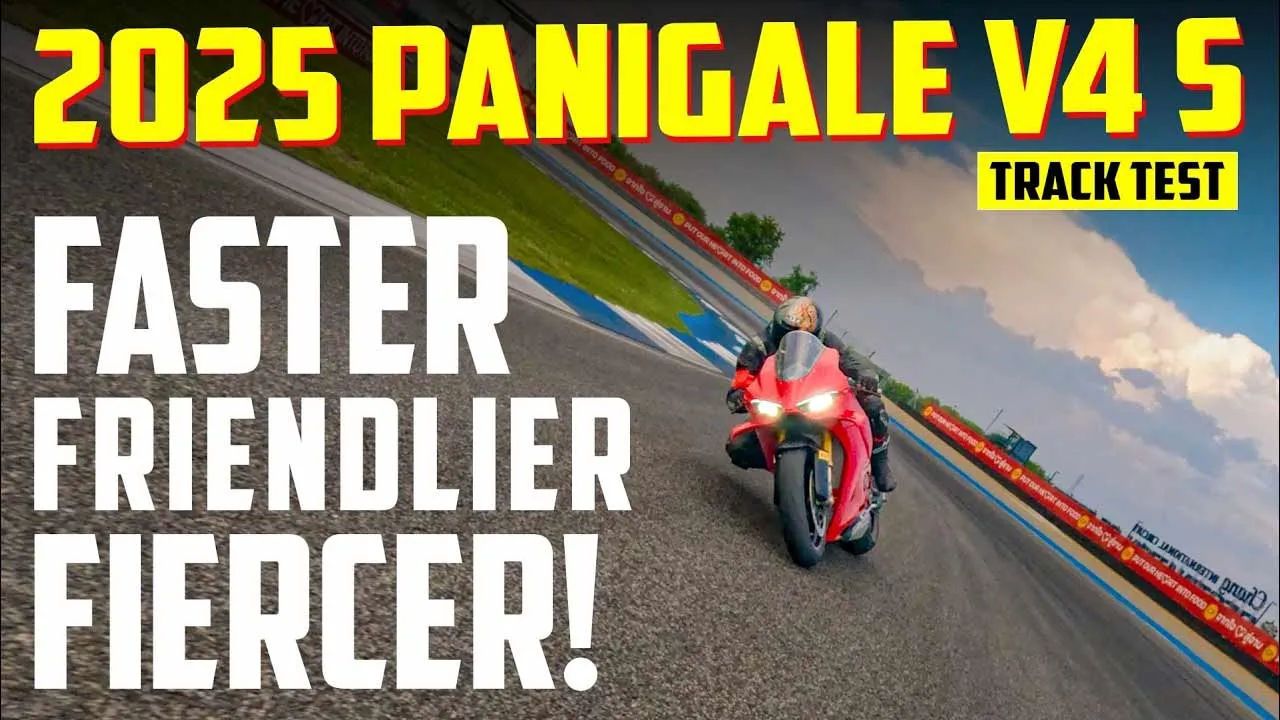
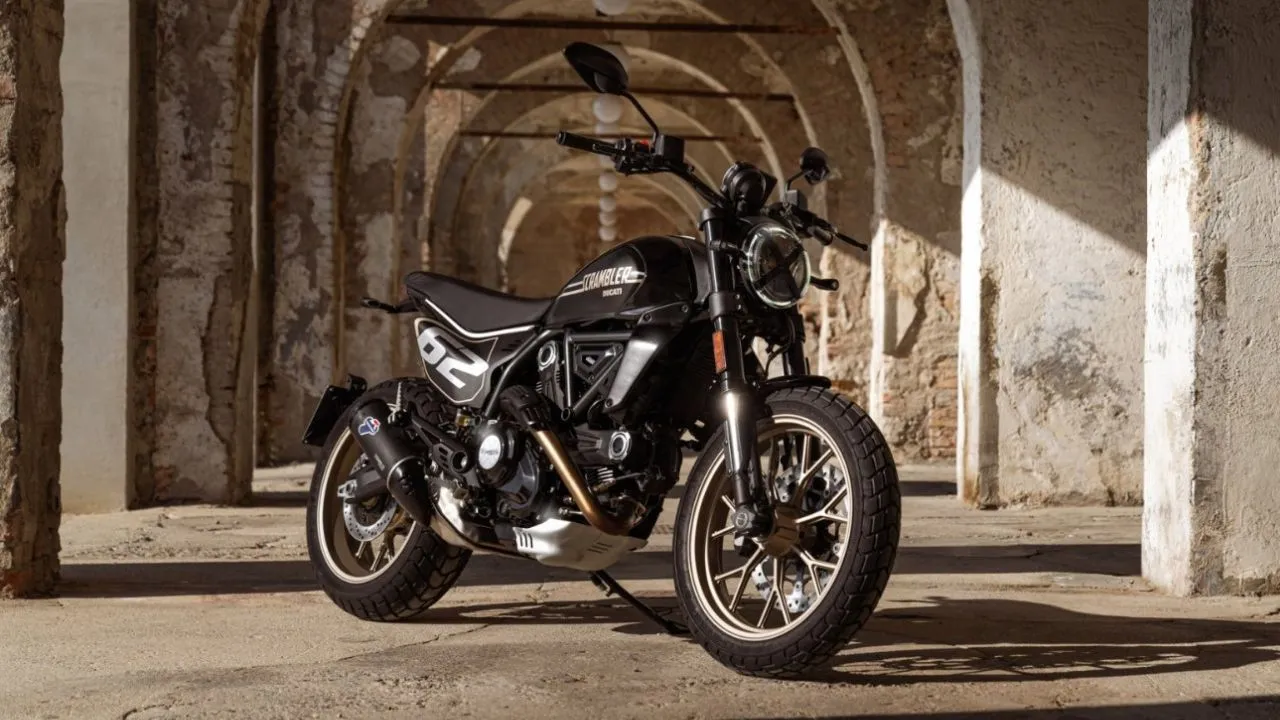
.webp)
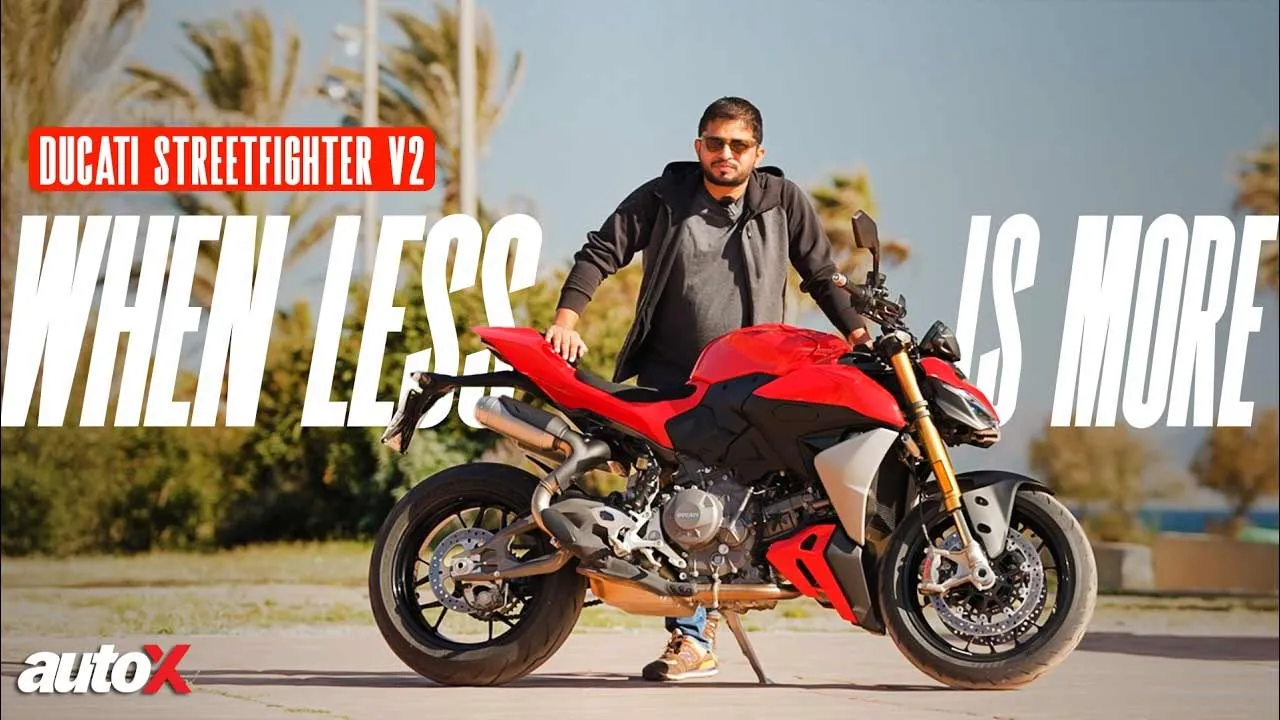
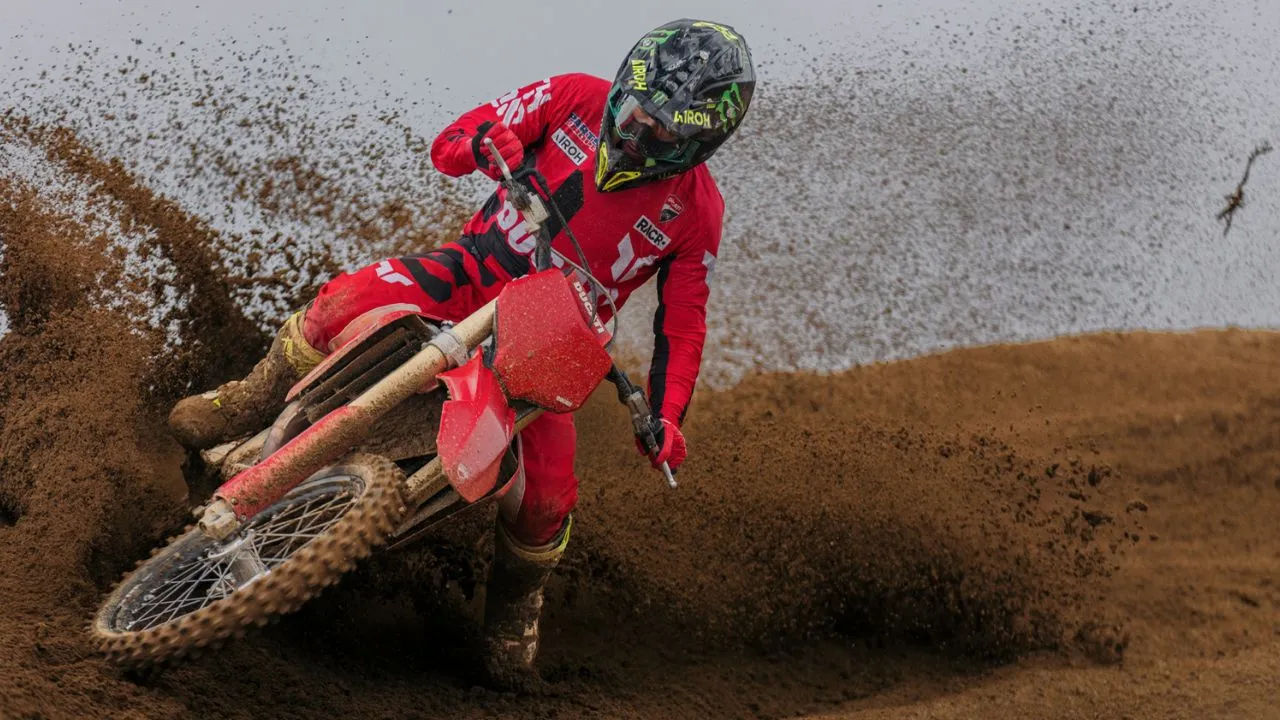
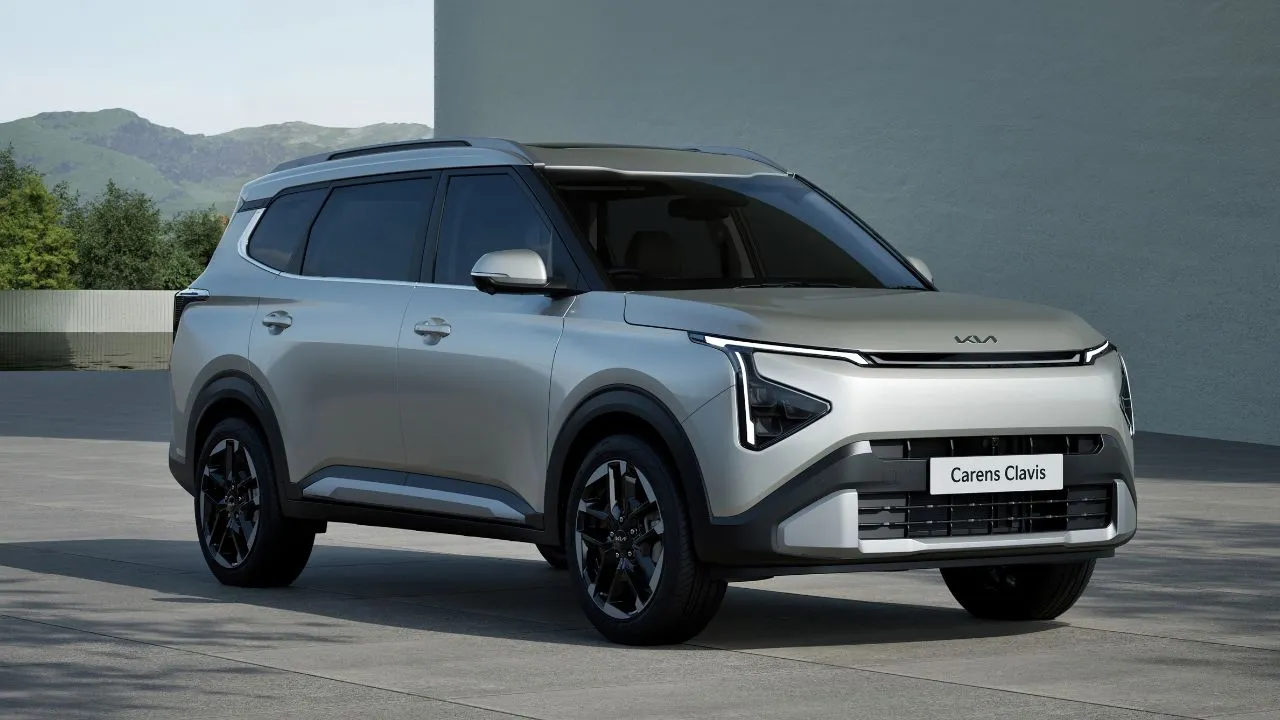
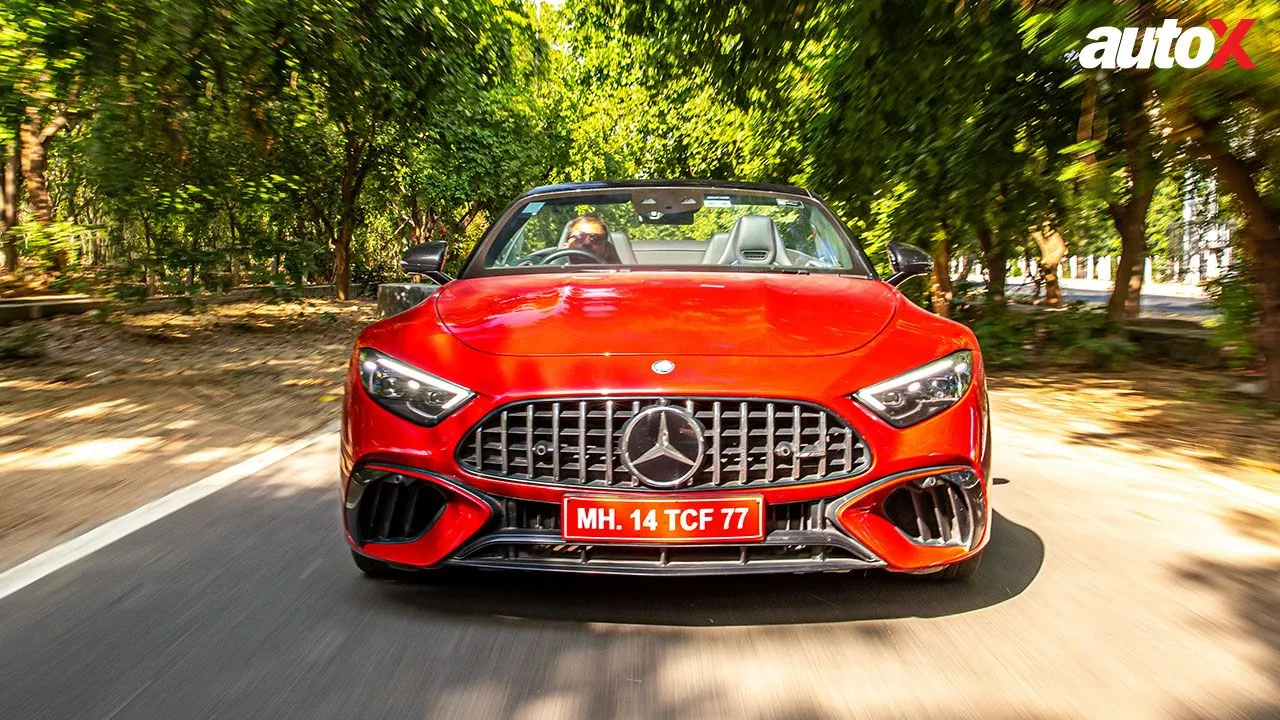

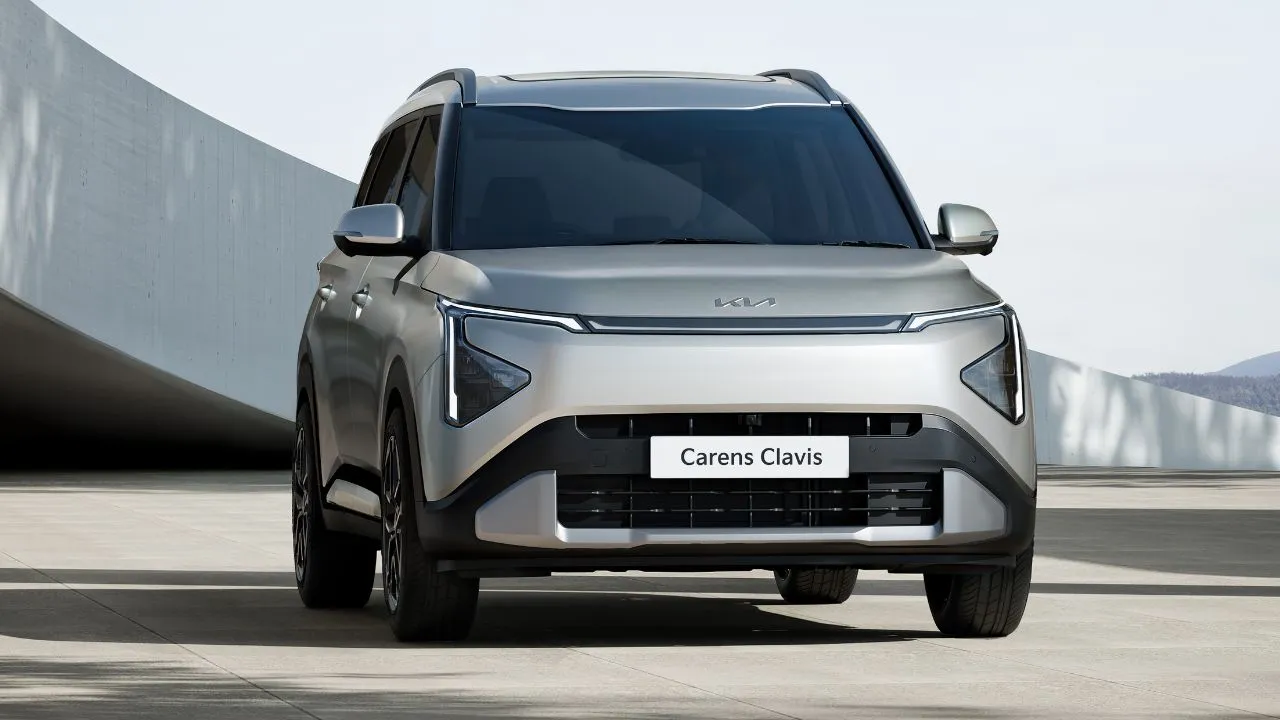
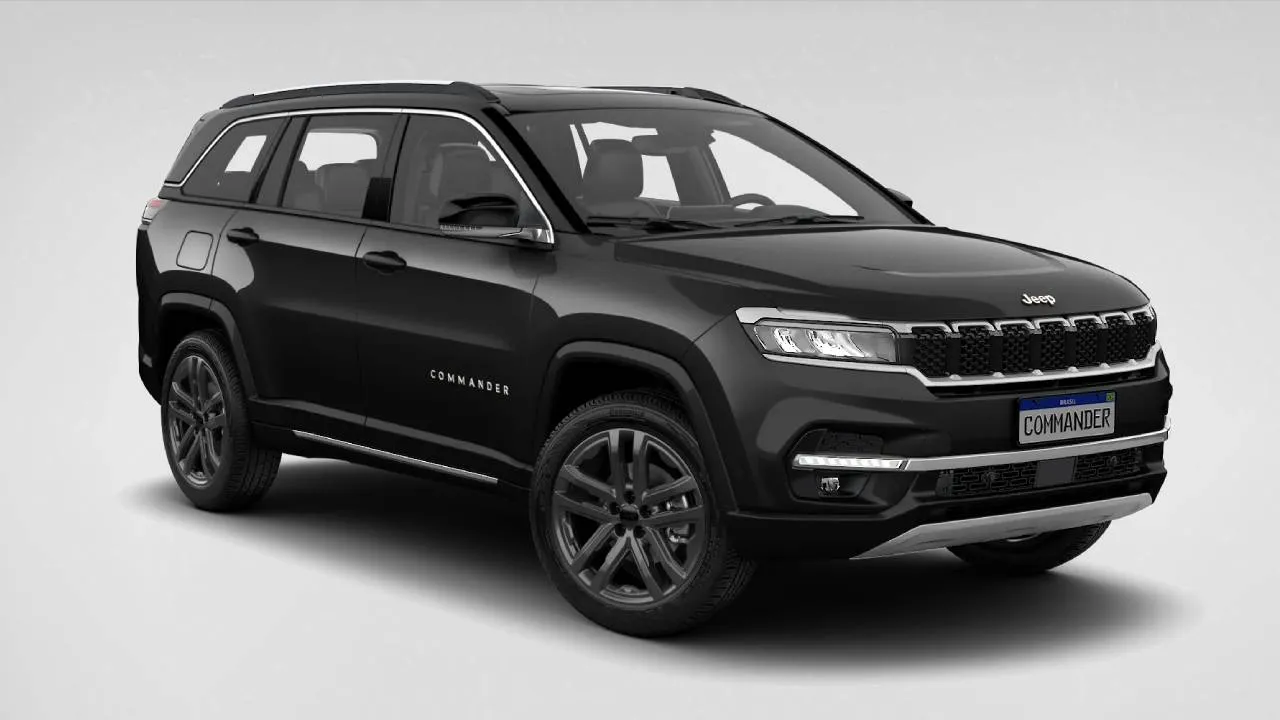

Write your Comment on